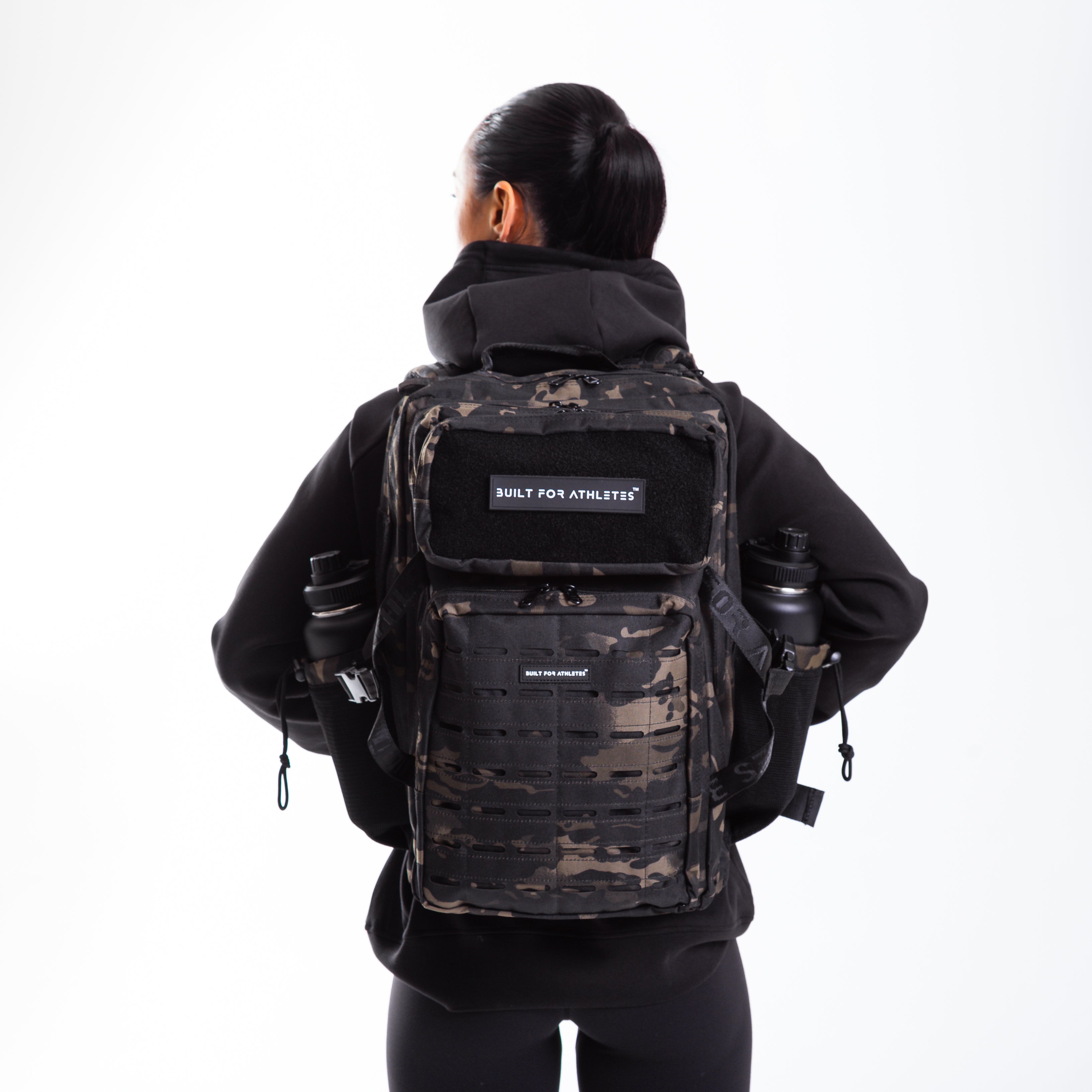Hey again! JP Here!
This month, why don’t we dive into our concept of pre-fatigue? ‘Cos it’s horrible and you’ll hate it is probably a fair answer but lets dig a little deeper and see if we can’t convince you to try this month’s workout...
Pre-Fatigue is not dissimilar in its concept to the principle of ‘pre-exhaustion’ that has been around for decades in strength circles. The idea of the latter being that one might target better muscle recruitment by first exhausting the supporting muscle groups. An example of this being that a bodybuilder might exhaust triceps to force a better connection for chest when pressing.
In our case, pre-fatigue is a little more nuanced and really the only way they
compare is that the order of exercise selection is predicated on the effect one
element may have on the next and how that might ultimately promote adaption in the manner we might want.
Confused? Well, I am too and I’m writing this so, let’s contextualise.
If we want a hybrid athlete to progress both strength AND endurance qualities then
we have to accept that overall volume has to be intelligently consolidated so that the athlete isn’t trying to attend to 200% of volume capacity in a bid to splice 2 disparate programs together. One example of this might be long and laborious endurance sessions when we also want to lift (and not live in a gym).
So, Our Pre-Fatigue concept taps into the idea that, using resistance training, we
can hasten the adaption of a given endurance session.
The question then is, ‘can we reduce the time spent training for endurance but still
achieve the same adaption?’
I would posit that the answer is ‘yes, by sparingly adopting Pre-Fatigue principles’.
Here’s how. During a given session, we first operate at a high intensity with heavy
lifting and then shift immediately to a more glycolytic demand before then attending
to the now shortened endurance activity while still achieving the demand of a longer one.
Woking through the PhCr system, (hopefully) then working to exhaust glycogen
availability and then attending to the endurance portion means that the endurance
element will be happening in an environment of depleted substrates (glycogen)
which then, theoretically, allows us to create an environment more conducive to
mitochondrial adaption – which is essentially what we’re trying to achieve with longer
endurance session, but this way we arrive at that point of a physiological drive to
adapt much earlier.
‘OMFG Jonny, what on earth does this actually mean?’ Well, it means if we lift in a
manner that allows us to ‘pre-fatigue’ the endurance adaption, then we don’t have to implement such a long endurance session AND we can lift too!
WIN/WIN, right?
I did say it would be horrible though and you’re probably bored and want to know
what the workout looks like so… TL;DR – Here’s this months session.
Try not to hate me!
Want to know more about JP’s coaching? Follow him on IG @jonathanpain
or check out Omnia Performance online.

























































Teilen Sie:
#WOTW: Zara Piergianni HYROX Series
#WOTW: Jonny Pain Series